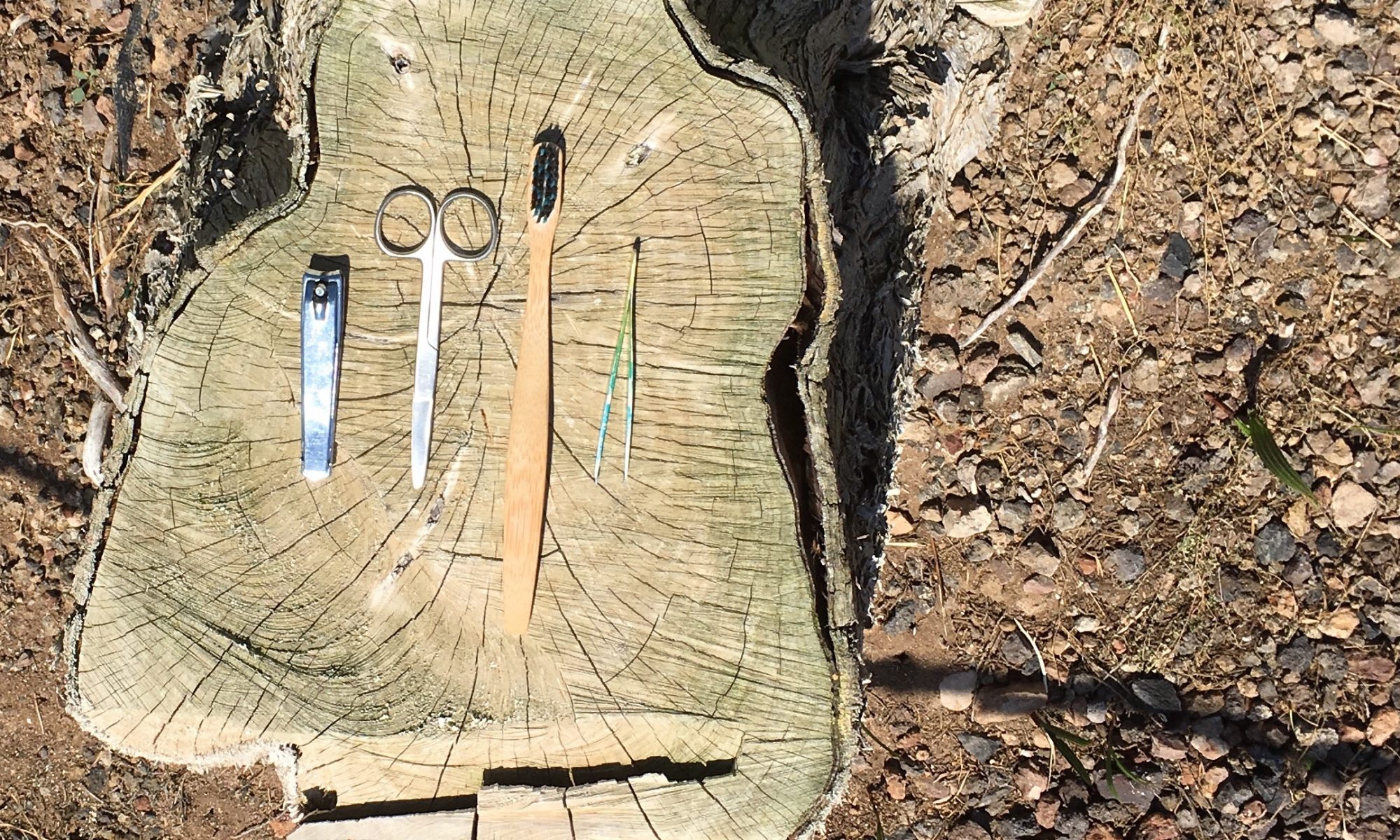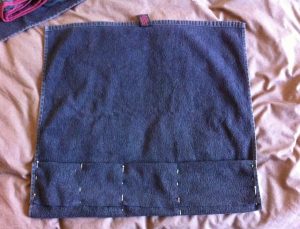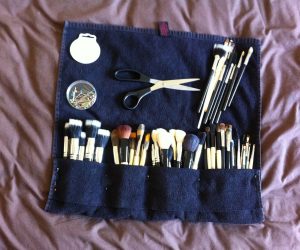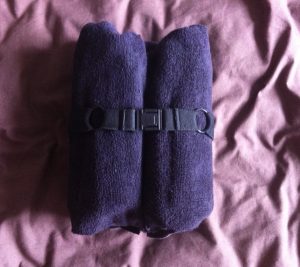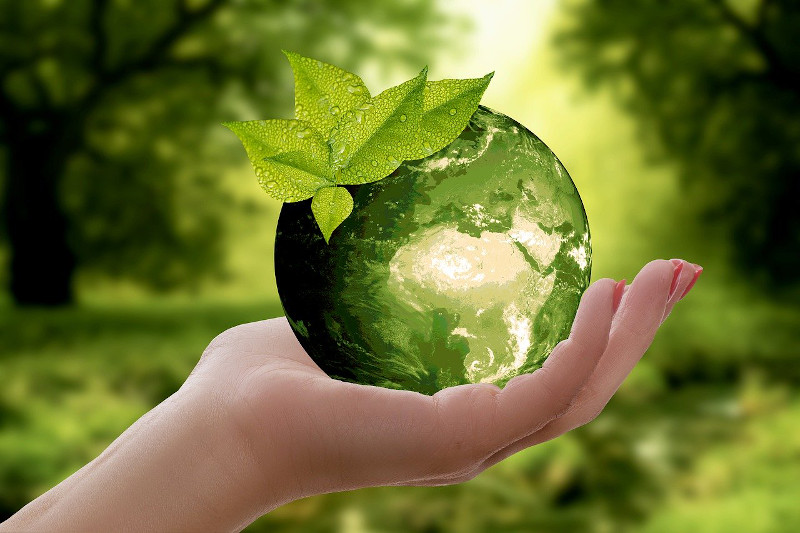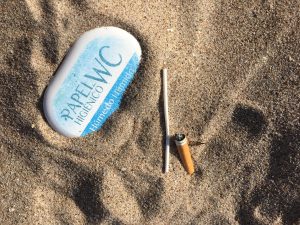Have you ever wonder how long does it last that product after you buy it? Let’s find out what the shelf life of a product is. Many eco- manufactured products tend to give a specific date. But in the absence of that, there is another way to find out the optimal time to use a cosmetic product. On the of packaging, there will be a small symbol representing an ‘open bottle’ with a number inscribed inside along with the letter M. This indicates the recommended time for using the product once the container has been opened. For example, 6M means 6 months of recommended use.
Now, let’s talk through the ingredients. According to the INCI (International Nomenclature of Cosmetics Ingredients), the names of chemical substances appear in English while the names of the natural ingredients are written in Latin (for example water = aqua). The ingredients are ordered according to the quantity included in the product from highest to lowest. The following are some of the best-known ingredients that are currently proving controversial:
– Parabens: these chemical preservatives have been the focus of some studies for their potential to act as endocrine disruptors or potential links to breast cancer. Some cosmetic brands claim that the parabens that are potentially harmful are called ‘long chain’, and that the ones they use are ‘short chain’ (such as methyl paraben and ethyl paraben) and not harmful. In general, to locate them in the list of ingredients you can find them with the word ‘paraben’ (example methylparaben) or the words that end in ‘zoate’ (for example: parahydroxybenzoate).
– PEG or PPG: These are derivatives of petrochemicals manufactured from ethylene oxide. They are mainly used as emollients to be able to homogeneously mix ingredients that are not normally miscible, such as water and oil. There are questions as to their toxicity to the liver and kidneys and whether they cause allergies or are carcinogenic. They are not biodegradable. They generally appear with their PEG or PPG name associated with a number and sometimes appear under names such as ‘propylene’ or ‘polyethylene glycol’.
– Silicones: they are used in cosmetics to improve the textures of products (especially lipsticks and hair products) but they are not very biodegradable, which means that they accumulate in the environment. It is also suggested that they can clog the pores of the skin. Cyclotetrasiloxane (D4) is suspected of having carcinogenic, mutagenic or toxic effects on reproduction. This ingredient is prohibited by European regulations. To recognize other types of silicones look at the ingredient names that usually end with ‘cone’, ‘one’ or ‘xane’.
– Paraffin is a derivative of petroleum, which is purified for use in cosmetics. It is used as a thickener and to give a smooth, semi-solid or solid texture to the products. It has been suggested that it can also turn out to be comedogenic, blocking pores. Mineral oils are added to the composition as a stabilizer. In organic products they are usually replaced by vegetable oils, such as avocado oil, coconut oil and argan oil. To find them in the INCI, you have to look for content such as ‘paraffin’ or ‘mineral oils’.
– Phthalates, can be used in many cosmetic products such as nail polishes, perfumes and hair fixers. There are questions about whether phthalates can act as hormonal disruptors in the development of women or cause sterility in men.
– Aluminium salts and aluminium chlorate are present in some deodorants and there are suggestions they could be responsible for breast cancer and Alzheimer’s cases. You can find it in the INCI under different forms, in general the names are made up of the word ‘aluminium’.
– Sulfates: these are the ingredients that create the foaming effect in shampoos and shower gels and facial cleansers. Their irritating and drying potential is questioned, and they are also suspected of removing part of the protective hydrolipidic mantle that is naturally present on the skin and scalp. You can find them in the ingredient list generally under the names ‘sodium’, ‘lauryl sulfate (sls)’, ‘sodium laureth sulfate (sles)’ or ‘ammonium lauryl sulfate’. The most used are usually the SLS and SLES.
Source:
https://interior-productos.loreal.es/ingredients/
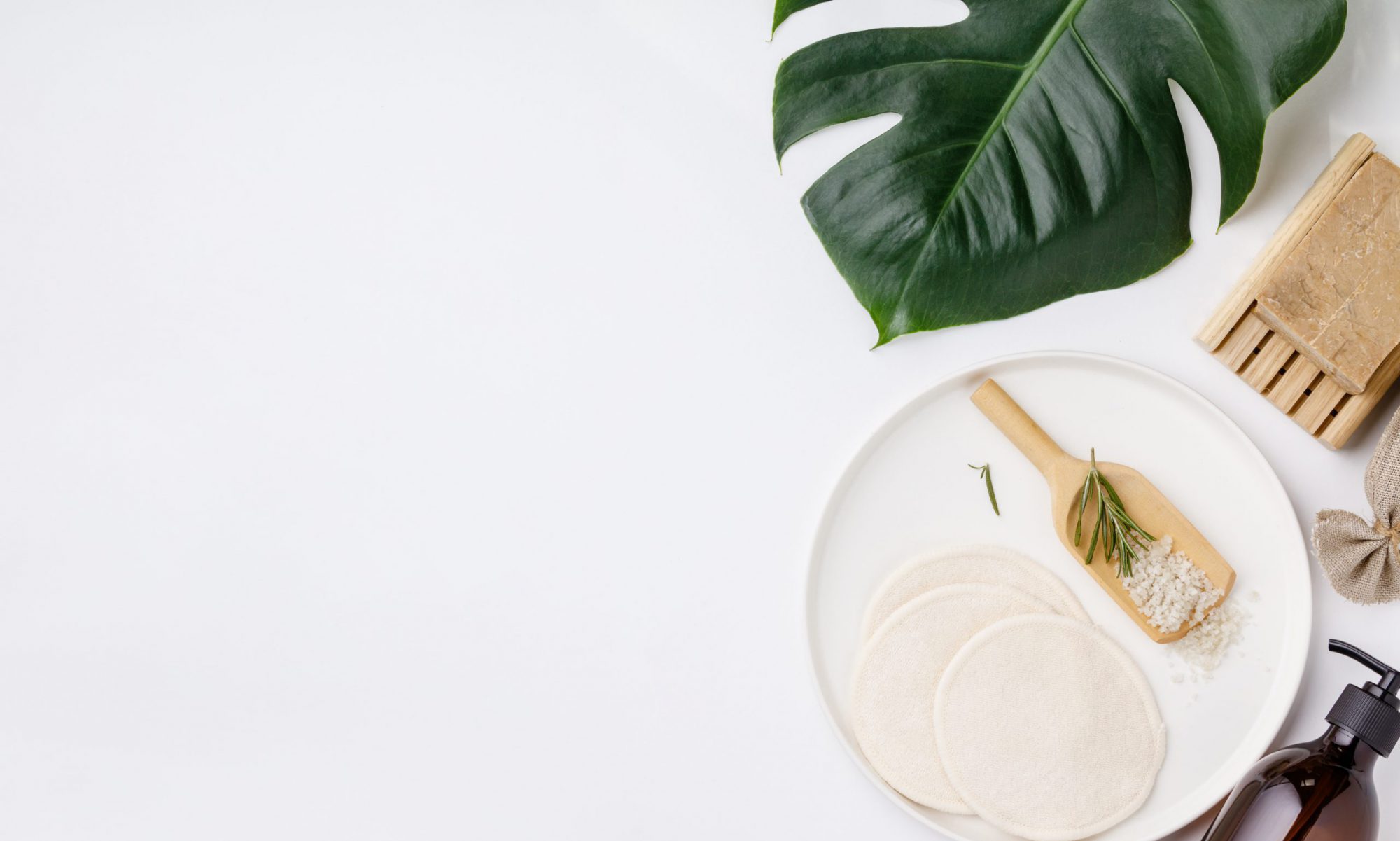



 So how to know if a product is truly what it claims to be?
So how to know if a product is truly what it claims to be?